As Plasmodium falciparum is the name of a unicellular parasite which, as an infectious pathogen, can cause the life-threatening tropical disease 'Malaria tropica' in humans.
What is Plasmodium falciparum?

Plasmodium falciparum belongs to the genus Plasmodia within the group of Apicomplexa and has a very extensive life cycle. The pathogen differs significantly from the other malaria pathogens in its properties. For the unicellular parasite, humans are the only natural host.
The Plasmodium falciparum is transmitted by female Culicidae (mosquitoes) belonging to the Anopheles family. After an infection in humans, the malaria pathogen first multiplies within the liver and then in the bloodstream of the human organism. Due to the strong multiplication via the blood, a very high number of parasites can often be detected.
The malaria pathogens adhere to the cell walls of the blood vessels. This property makes Plasmodium falciparum particularly dangerous, as the parasite has developed special molecular mechanisms of action to bypass the organism's immune system.
Occurrence, Distribution & Properties
The malaria tropica pathogen Plasmodium falciparum occurs mainly in tropical regions and in the southern Sahara. But the parasite has also settled in South and Southeast Asia, Papua New Guinea and the Amazon basin.
Around 40% of the world's population live in regions with a significantly increased risk of infection. The parasite was also found in the Mediterranean region by the 20th century. In this area, Spain, Italy and the Balkans were mainly affected. It has also been proven that the pathogen is also widespread in South America. The Plasmodium falciparum was probably introduced from Africa to South America through the Atlantic slave trade and spread there.
In principle, researchers say that parasites of this type can only be transmitted within the tropics up to an altitude of about 1500 meters, but it has already been proven several times that transmission is also possible at 2600 - 2800 meters.
The malaria tropica pathogen multiplies in the blood of the human organism, therefore parasitemia is a typical symptom after an infection. During the course of the disease, ring-shaped trophocytes are first detected in the blood count. With the Plasmodium falciparum these are smaller than with other malaria pathogens. Mature gametocytes can only be detected long after infection. A blood cell is often infected several times.
As the disease progresses, the parasites grow and develop. Erythrocytes that have older, large ring shapes show up with Masonic spots after staining in the laboratory. Later stages of development are often only seen in small numbers in the blood smear. Through the process of division, the trophozoite later becomes a schizont, which enlarges again and fills most of the red blood cells. Advanced blood schizonts typically contain 16 merozoites. Immature gametocytes can rarely be detected in the peripheral blood.
Characteristic of the Plasmodium falciparum is the sickle-like shape of the mature gametocytes, which are only observed in the subgenus Laverania in mammals infected with Plasmodia. The macrogametocytes are very thin, the cytoplasm can be clearly seen after the coloring and the cell nucleus is relatively compact.The microgametocytes, on the other hand, are round in shape, the cytoplasm cannot be so clearly differentiated after the coloring and the cell nucleus is larger and less compact.
Illnesses & ailments
The parasite Plasmodium falciparum is the cause of the tropical disease Malaria tropica. The main feature of this disease is parasitemia. Parasitemia is when an accumulation of parasites can be detected in the blood, even if there are no symptoms of an illness. The parasitemia is often very pronounced and is associated with neurological symptoms and complications.
In the course of the malaria tropica, rhythmic attacks of fever can occur; if these are not present, an infection by the Plasmodium falciparum cannot be excluded.
After a mosquito bite, it takes an average of 12 days for tropica malaria to break out. If pharmaceutical substances are taken prophylactically, the incubation time can be significantly extended.
A characteristic symptom of infection by a malaria pathogen is hemorrhagic fever with sweats and chills. However, this symptom does not occur in malaria tropica. However, if there are attacks of fever, the course of the infection is to be assessed as poor prognostically and often has serious complications with comatose conditions as a result. Coma and impaired consciousness with suddenly changing states of consciousness without a sign are typical neurological symptoms of tropic malaria. However, slowly changing disturbances of consciousness, seizures, paralysis and even death can be complications.
The number of parasites in the blood is always decisive for the diagnosis. It cannot therefore only be established based on the symptoms. Anemia is also common as a result of infection. The more pronounced the parasite infestation, the more severe the anemia. Anemia occurs when red blood cells are destroyed. Furthermore, the destruction of the red blood cells (hemolysis) leads to an increase in the hemoglobin level in the bloodstream. The excess hemoglobin is excreted through the kidneys (hemoglobinuria). This process is also known as 'blackwater fever' and can cause acute kidney failure.
The renal insufficiency leads to massive edema formation on the extremities and trunk. In rare cases, edema can also form within the lungs. In addition, the breakdown of infected red blood cells can lead to an enlarged spleen. In the case of pronounced hyperplasia of the spleen, slight tissue damage or even complete rupture of the spleen can occur.

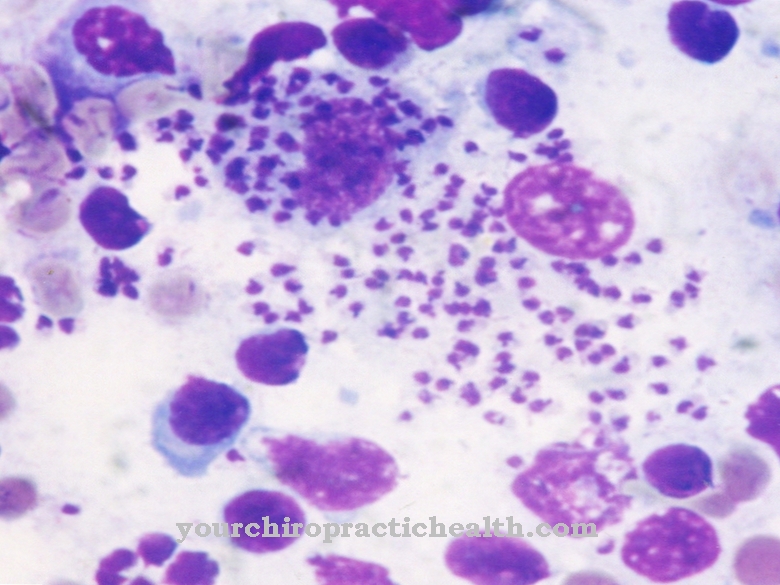
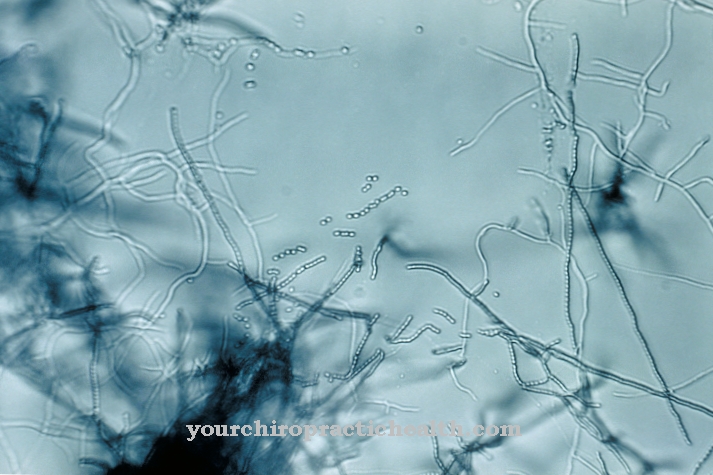
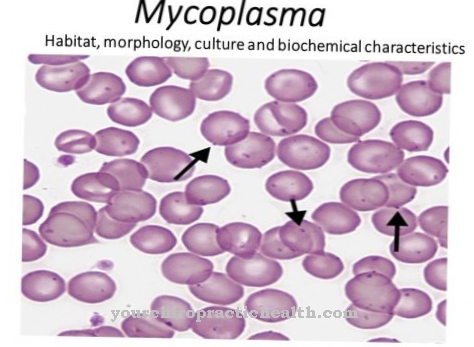
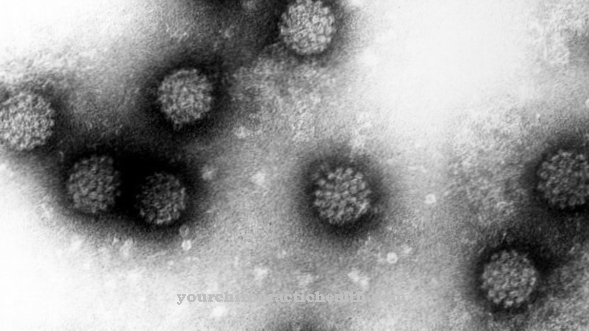
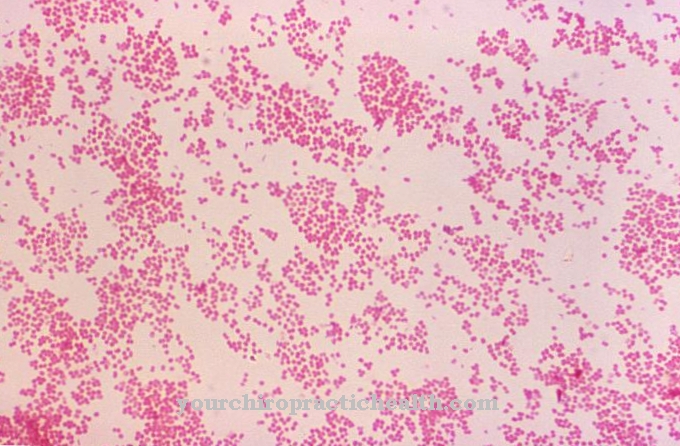











.jpg)



.jpg)

.jpg)




